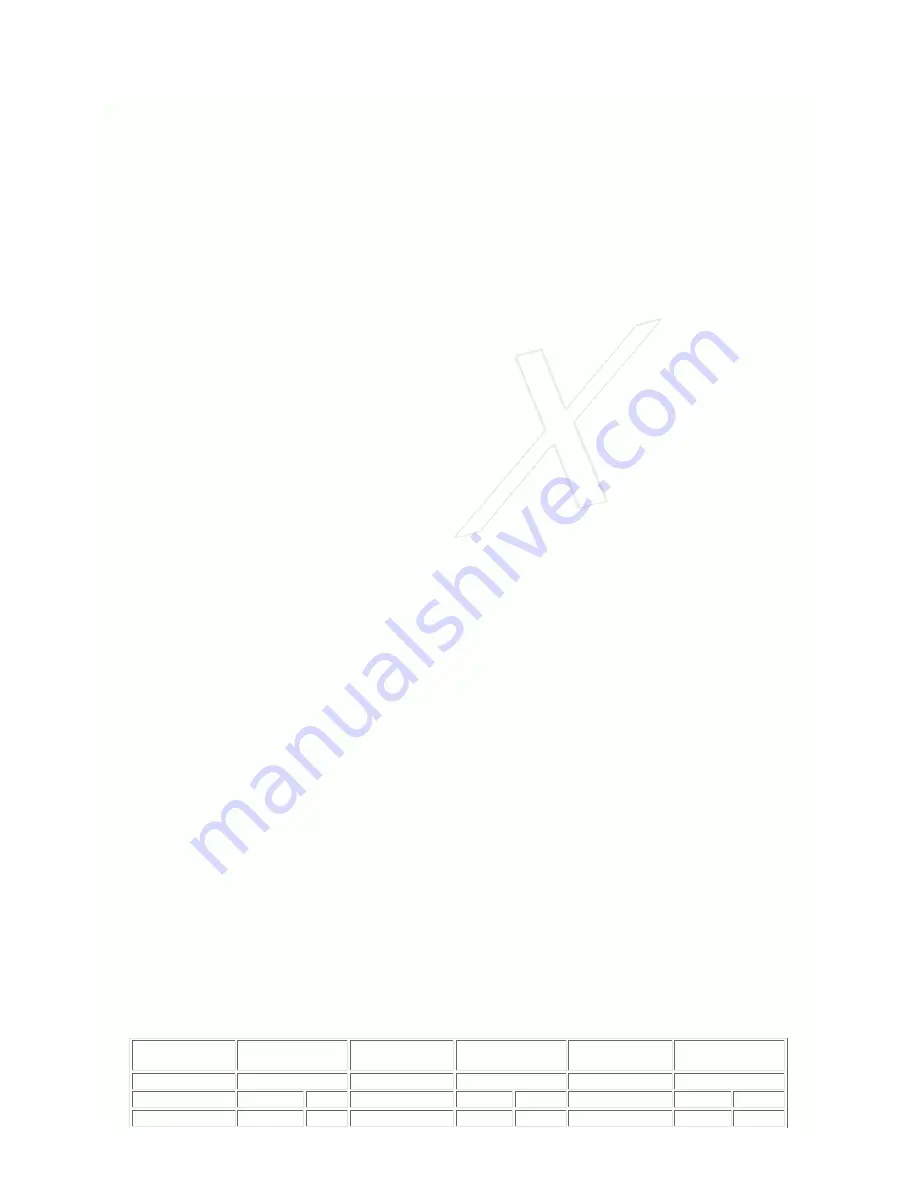
Retinette Films
The film for the Retinette cameras is the standard perforated cine film of 35 mm. width, as used in the majority of
other 35 mm. cameras. It may be obtained as:
DAYLIGHT CASSETTES. These are the simplest form of Retinette film packings. The ready cut and trimmed films for
36 exposures are supplied in cassettes (also called "cartridges or patrones"), which can be loaded in daylight into the
camera (see page 13). Colour films are generally supplied in 20 and 36 exposure lengths.
DARKROOM REFILLS. These are lengths cut and trimmed for 36 exposures and will have to be filled in the darkroom
into a cassette (see page 28).
DAYLIGHT REFILLS. These are cut and trimmed for 36 exposures which are wound on to a centre spool (as used in
the cassette) and covered with a black paper leader strip to allow the loading of a cassette in daylight (see page 30)
.
BULK FILM of 18 ft. to 200 ft. length. Here a suitable length has to be cut off to be loaded into a cassette in the
dark room (see below).
Safelight
The loading of cassettes with darkroom refills or from bulk film has to be carried out in the darkroom.
In the case of panchromatic films (see page 31) only the dark green safelight may be used, but it is always safer to
work in complete darkness. This is not difficult. It is, however, advisable to practise filling with a dummy film first in
daylight before starting the darkroom work.
In the case of positive film (see page 31) amber light will do.
Handling, Winding and Trimming the Film
When handling the actual film, particular care must be taken not to touch its emulsion (matt) side. It should only be
handled and wound on to the centre spool of the cartridge by holding the film by either side of its edge, preferably
between thumb and index finger.
At the same time, it is of no less importance that the place in which the loading is done should be perfectly dry,
clean and free from dust. Only a clean, spotless negative will produce flawless enlargements.
When using bulk film for loading cassettes, the edge of the work-bench can be marked with notches or drawing-pins
to indicate various distances, let us say for 12, 24, 36 exposure of film. This considerably simplifies the measuring
of film lengths in the darkroom.
The trimming of the film-ends is performed most simply with the aid of a 35 mm. film trimming template. At the
beginning of the roll of film make the wedge-shaped cut for the centre spool and measure off the required length of
film. At the end of this make the curved cut for the taking-up spool. The curved cut must not go through a
perforation hole. When doing this job with the trimming template it leaves at the same time the correct cut for the
take-up spool on the remaining film on the roll, so that about 4 in. of film are saved on every strip. When trimming
film without a template it is sufficient to start the curved cut between the tenth and eleventh bottom hole from the
end -- facing the emulsion side of the film -- as it is not essential to have the full standard cut when working with
the Retinettes, a 2 in. (5 cm) cut will serve the same purpose quite well.
The ready-cut film is now wound on to the centre spool of the cassette, as described on page 30. While winding on,
hold the film only by its edges.
This task can be simplified by the use of a special hand winder, a milled metal rod with a slit on one end to fit into
the cross-pin fitting of the spool. A mechanical winder may be obtained to serve the same purpose. It can be
attached to the edge of the work-bench.
When winding the film on and off, care must be taken that no great pressure is put on the film, and that the film-
ends are not squeezed when drawing through the hand. Failure to take the first precaution may result in fogging,
while neglect of the latter precaution may give rise to peculiar kinds of exposure effects known as "lightning
flashes". These are due to static electrical discharges, and appear as dark, zigzag lines running from the edge of the
film towards the centre of the picture.
LENGTH OF FILM REQUIRED FOR ANY NUMBER OF EXPOSURES
Number of
Exposures
Length of Film
Required
Number of
Exposures
Length of Film
Required
Number of
Exposures
Length of Film
Required
in. --- cm.
in. --- cm.
in. --- cm.
1
11¾
30
14
31¾
80
27
51
130
2
13¼
34
15
33
84
28
52½
133





























